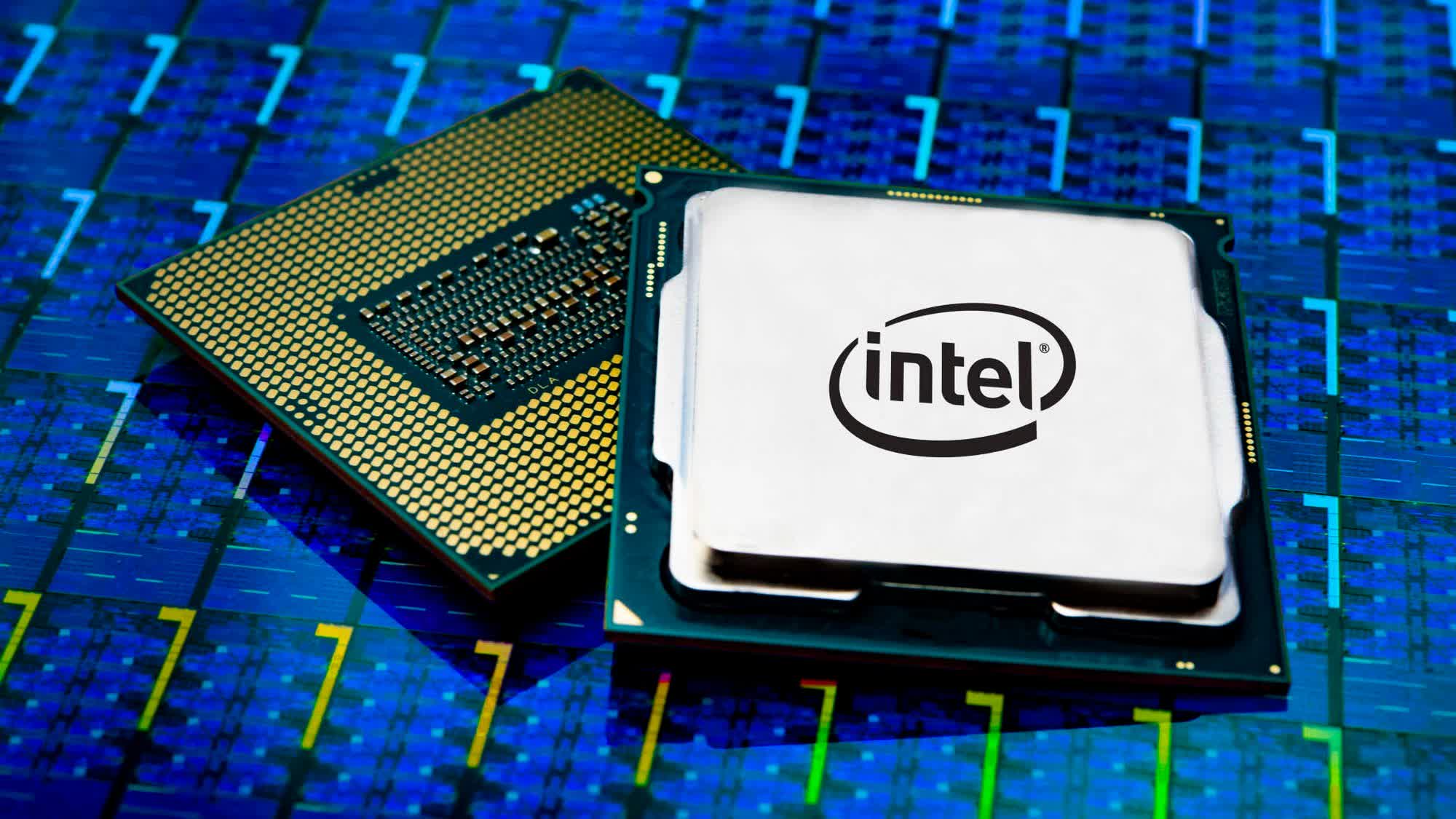Tech News
Intel is prepping a new dual-core CPU with surprisingly decent performance

The significance: Despite discontinuing its Pentium and Celeron processor lineups, Intel continues to serve the entry-level market with the budget-friendly “Intel Processor” series. The company recently introduced the Intel Processor 300 dual-core CPU and is now gearing up for the release of its successor – the Intel Processor 310.
The upcoming CPU was recently spotted on Geekbench featuring two cores and four threads. Both cores are Performance Cores based on the Raptor Cove architecture, with no Efficient Cores unlike other Raptor Lake models. The Intel 310 shares similar specs with the Intel 300, with a slightly higher base clock speed being the main difference.
As per the Geekbench listing, the Intel 310 boasts a base frequency of 4.09 GHz compared to the 3.90 GHz base clock of the Intel 300. It also includes 6 MB of L3 cache and 2.5 MB of L2 cache, maintaining parity with the Intel 300. The CPU is designed to fit the LGA 1700 socket, consistent with the rest of the Raptor Lake lineup.
The Intel 310 underwent testing on a system equipped with the Gigabyte H610M K DDR4 motherboard, 8 GB of DDR4-3200 memory in single-channel mode, and Windows 10 Pro. While the TDP of the new chip remains undisclosed, it is speculated to have a 46W power rating akin to the Intel 300.
Scoring 2,152 points in the single-core test and 4,254 points in the multi-core benchmark, the Intel 310’s performance may seem lackluster for 2024 standards. Nevertheless, these scores surpass those of Intel’s N-series processors like the dual-core N50 and quad-core N97, as well as outperforming the four-core, eight-thread Core i3-10100. This indicates that the new processor may have potential.
While the Intel Processor 310 may not attract DIY enthusiasts or hardcore gamers, it is not targeted towards them anyway. The CPU is likely intended for embedded systems that demand a basic chip without extensive multitasking capabilities or high-end editing or modeling tasks. If priced competitively, it could carve out a niche in today’s PC market.
-

 Destination8 months ago
Destination8 months agoSingapore Airlines CEO set to join board of Air India, BA News, BA
-

 Breaking News10 months ago
Breaking News10 months agoCroatia to reintroduce compulsory military draft as regional tensions soar
-

 Gadgets3 months ago
Gadgets3 months agoSupernatural Season 16 Revival News, Cast, Plot and Release Date
-

 Tech News12 months ago
Tech News12 months agoBangladeshi police agents accused of selling citizens’ personal information on Telegram
-

 Productivity11 months ago
Productivity11 months agoHow Your Contact Center Can Become A Customer Engagement Center
-

 Gadgets3 weeks ago
Gadgets3 weeks agoFallout Season 2 Potential Release Date, Cast, Plot and News
-

 Breaking News10 months ago
Breaking News10 months agoBangladesh crisis: Refaat Ahmed sworn in as Bangladesh’s new chief justice
-

 Toys12 months ago
Toys12 months ago15 of the Best Trike & Tricycles Mums Recommend























